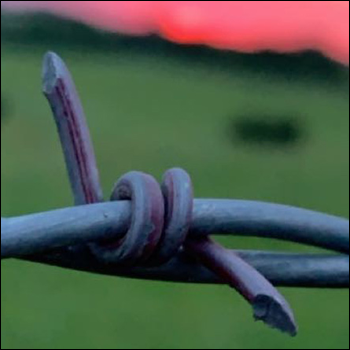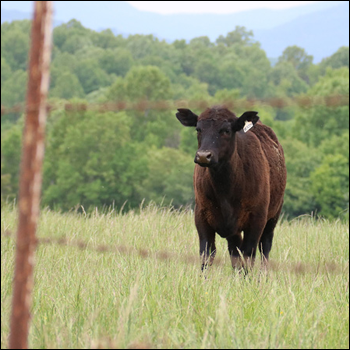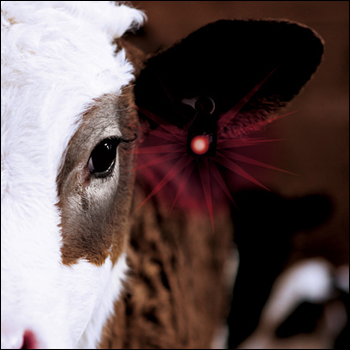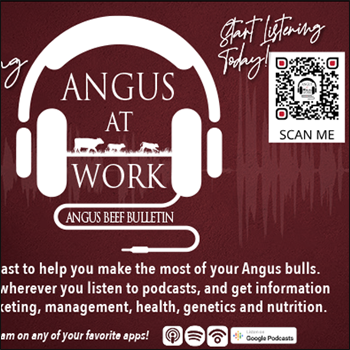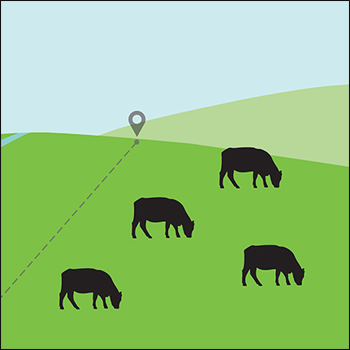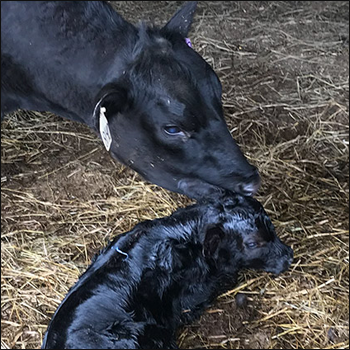
New Antibiotic Restrictions to Become Reality
Two-year phase-in means drug manufacturers have until June 2023 to come into compliance to continue marketing products.
In 2017 the Food and Drug Administration (FDA) began implementing the Guidance for Industry #213, otherwise known as the Veterinary Feed Directive (VFD). Implementation of the VFD focused on veterinary oversight of medically important antibiotics delivered to livestock via feed and/or water, leaving a significant loophole for those products that were available over the counter (OTC) by other dosage forms. Because of this, on June 11, 2021, FDA quietly published Guidance for Industry #263, which put in motion the framework to remove any remaining medically important antimicrobials from OTC marketing channels.
Guidance #263 recommends sponsors of medically important antimicrobial drugs that continue to be available OTC and are approved for use in animals (companion and food producing), regardless of delivery mechanism, to voluntarily bring these products under veterinary oversight or prescription marketing status. These product labels will now contain the prescription (Rx) statement, “Caution: Federal law restricts this drug to use by or on the order of a licensed veterinarian.”
While very little information about Guidance #263 was aimed towards livestock producers, this may have significant effects on the way in which livestock owners are able to access antibiotic therapy for their animals. While this change does not require the purchase of products from a veterinarian, going forward, producers will be legally required to obtain a prescription from a licensed veterinarian with whom the producer has a valid veterinary-client-patient relationship (VCPR). What this means for many producers is that products they may have purchased from the local feedstore, farm supply or local co-op may no longer be on those store shelves.
Much like when the VFD was put in place in 2017, some of these businesses may simply pull these products from store shelves and decline to offer products as they do not have the framework in place to meet the legal burden of acting as a “pharmacy,” which requires the ability to review veterinary authorized prescriptions and track refills of those prescription products. For those that do continue to stock these products, producers will have to produce a prescription prior to purchasing.
Those producers who already have a VCPR in place and purchase their animal health products through their veterinary office, or who purchase through other distributors under an existing prescription system, will likely notice little change in their ability to source these products. However, those producers who don’t consult a veterinarian on a regular basis will need to establish a valid VCPR prior to purchasing these products as they start to disappear from OTC access. While the definition of a valid VCPR does vary from state to state, Nebraska’s definition of a valid VCPR is outlined in the Nebraska Veterinary Medicine and Surgery Practice Act as follows:
- Veterinarian-client-patient relationship means that:
- 1. The veterinarian has assumed the responsibility for making clinical judgments regarding the health of the animal and the need for medical treatment, and the client has agreed to follow the veterinarian’s instructions;
- 2. The veterinarian has sufficient knowledge of the animal to initiate at least a general or preliminary diagnosis of the medical condition of the animal. This means that the veterinarian has recently seen and is personally acquainted with the keeping and care of the animal by virtue of an examination of the animal or by medically appropriate and timely visits to the premises where the animal is kept; and
- 3. The veterinarian is readily available or has arranged for emergency coverage and for follow-up evaluation in the event of adverse reactions or the failure of the treatment regimen.
- Oxytetracyclines:
- Injectables: Liquamycin® LA-200®, Noromycin 300 LA, Bio-Mycin® 200, Agrimycin® 200, etc.
- Boluses: Terramycin® Scours Tablets, OXY 500 Calf Boluses
- Penicillins (penicillin G procaine, penicillin G benzathine):
- Injectables: Penicillin Injectable, Dura-Pen, Pro-Pen-G®, Combi-Pen 48®, etc.
- Intramammary tubes: Masti-Clear®, go-dryTM, Albadry Plus™
- Sulfa-based antibiotics (Sulfadimethoxine, sulfamethazine):
- Injectables: Di-Methox® 40%, SulfaMedTM 40%
- Boluses: Albon®, Sustain III® Cattle & Calf Boluses, Supra Sulfa® III Cattle & Calf Boluses
- Tylosin
- Injectables: Tylan® 50, Tylan 200
- Cephapirin, cephapirin benzathine:
- Intramammary tubes: ToDAY® and ToMORROW®
- Additionally, several swine medications fall under the new guidance:
- Lincomycin:
- Injectables: Lincomix® 100, Lincomix 300, LincoMed® 100, LincoMed 300
- Gentamicin
- Injectables: Garasol®, Gentamicin Piglet Injection
Two-year transition
When Guidance #263 was published on June 11, 2021, it was structured with a two-year phase-in for manufacturers of these products to make label changes and come into compliance with the guidance so they would be able to continue marketing their products without interruption. All products covered under Guidance #263 are to be removed from OTC availability by June 11, 2023. The expectation is that producers will see familiar products start to disappear from store shelves as OTC products over the next 14 months because manufacturers will finalize label changes and refine their marketing and distribution channels to assure compliance with prescription requirements.
It is important to remember these critical products are not being removed from the marketplace, but instead being brought under veterinary oversight to combat overuse/misuse due to OTC access. Furthermore, producers should not stock up on these products to avoid needing a prescription once this change takes effect. Again, these products will still be readily available.
Animal health products have expiration dates and are sensitive to storage time and conditions. Purchasing large quantities of animal health products may lead producers to have an excess of products unused by the date of the product’s expiration. Products used after the expiration date are less effective and may not work as intended. This may lead to higher incidences of treatment failure.
Disposal of expired antimicrobials can present challenges, as well. In the long run, it is easier and safer to purchase products only when needed under the guidance of a veterinarian.
Additionally, this guidance affects only medically important antibiotic products. Antiparasiticides, injectable and oral nutritional supplements, oral pro/prebiotics, and topical non-antibiotic treatments will not be affected and will remain available through OTC marketing channels just as before.
Now, more than ever, producers need to establish a VCPR with a trusted veterinarian to provide input on antibiotic selection for their operations. This ensures the best treatment options can be selected with antibiotic stewardship, animal welfare, and livestock economics — all important decision-making factors.
Editor’s note: Becky Funk is an extension veterinary specialist teaching animal health at the University of Nebraska’s Great Plains Veterinary Education Center. Jesse Fulton is an extension beef educator and the director of Nebraska Beef Quality Assurance. Lead photo from Getty Images.
For more information:
- CVM GFI #263 Recommendations for Sponsors of Medically Important Antimicrobial Drugs Approved for Use in Animals to Voluntarily Bring Under Veterinary Oversight All Products That Continue to be Available Over-the-Counter June 2021
- FDA Finalizes Guidance to Bring Remaining Approved Over-The-Counter Medically Important Antimicrobial Drugs Used for Animals Under Veterinary Oversight

Angus Proud
In this Angus Proud series, Editorial Intern Jessica Wesson provides insights into how producers across the country use Angus genetics in their respective environments.
 Angus Proud: Scott Sproul
Angus Proud: Scott Sproul
Oklahoma operation learned wisdom of moving calving season to better suit their marketing needs.
 Angus Proud: Bubba Crosby
Angus Proud: Bubba Crosby
Fall-calving Georgia herd uses quality and co-ops to market calves.
 Angus Proud: Jim Moore
Angus Proud: Jim Moore
Arkansas operation retains ownership through feeding and values carcass data.
 Angus Proud: Les Shaw
Angus Proud: Les Shaw
South Dakota operation manages winter with preparation and bull selection.
 Angus Proud: Jeremy Stevens
Angus Proud: Jeremy Stevens
Nebraska operation is self-sufficient for feedstuffs despite sandy soil.

